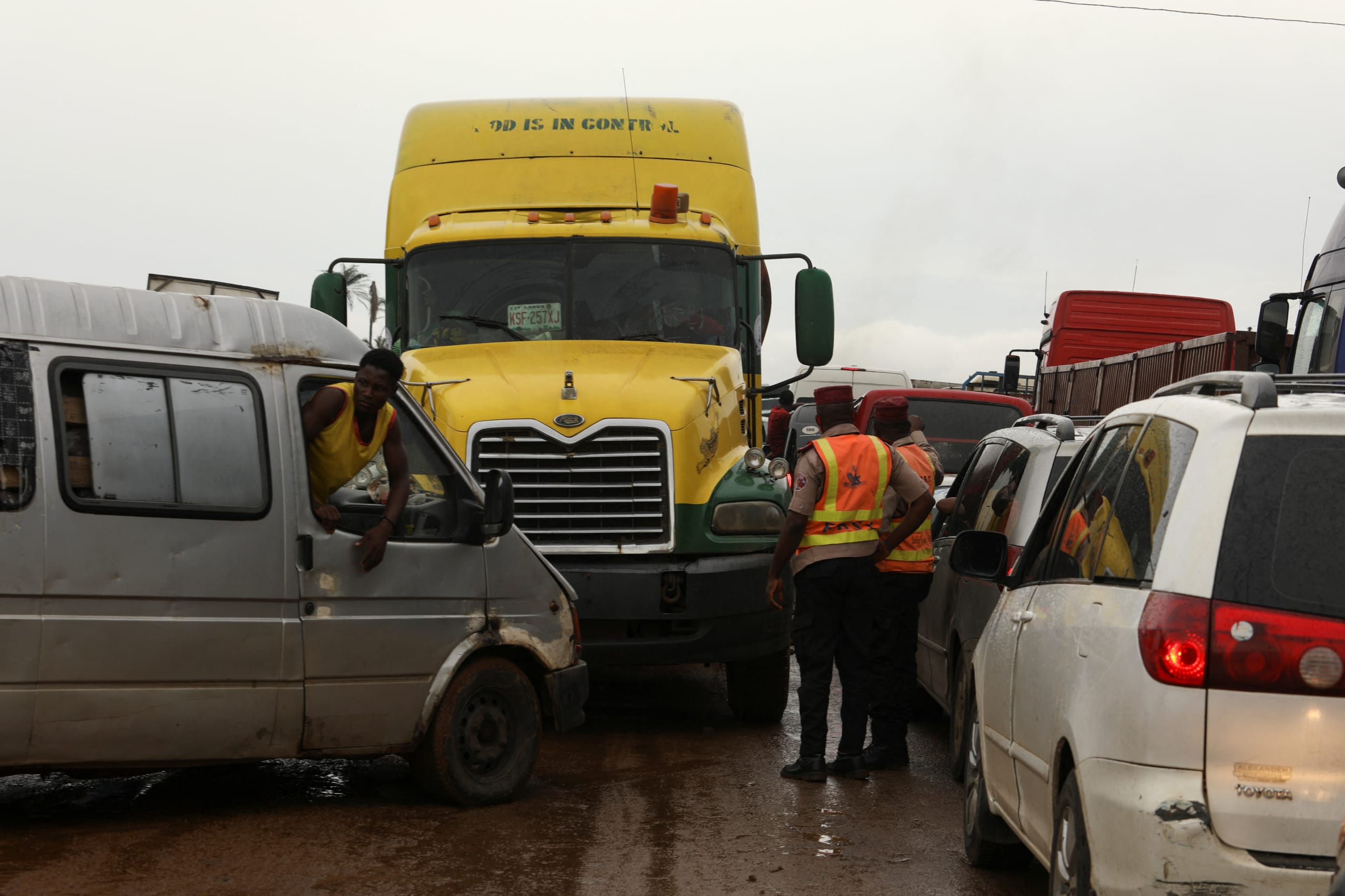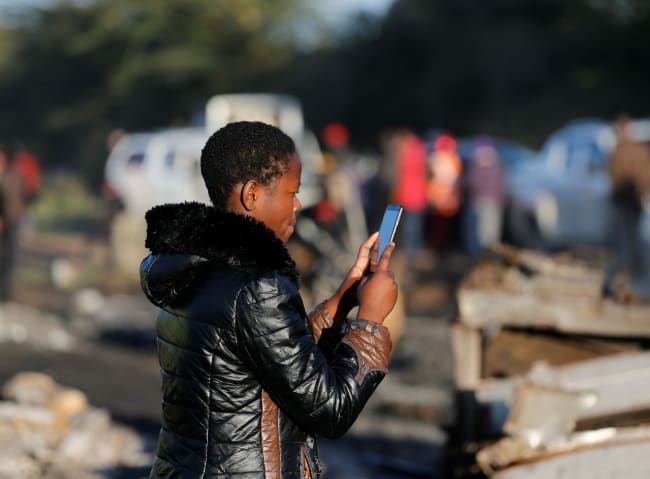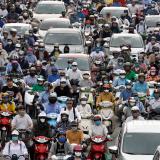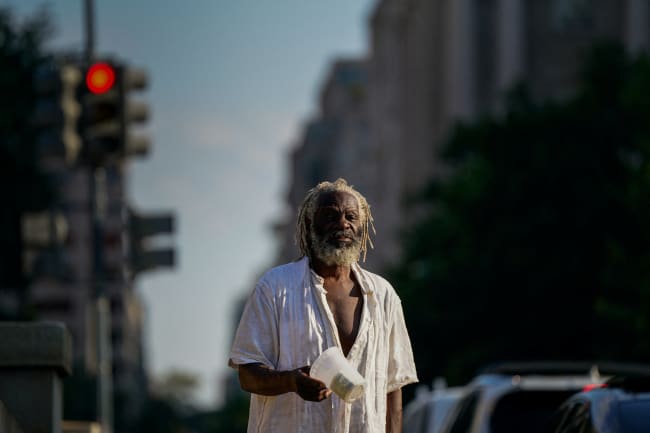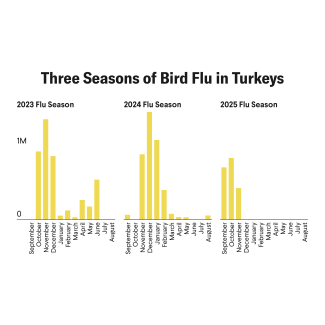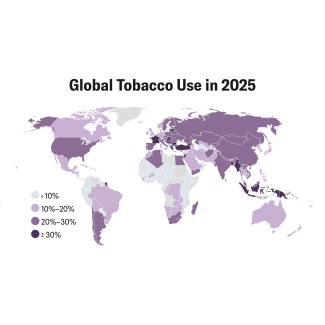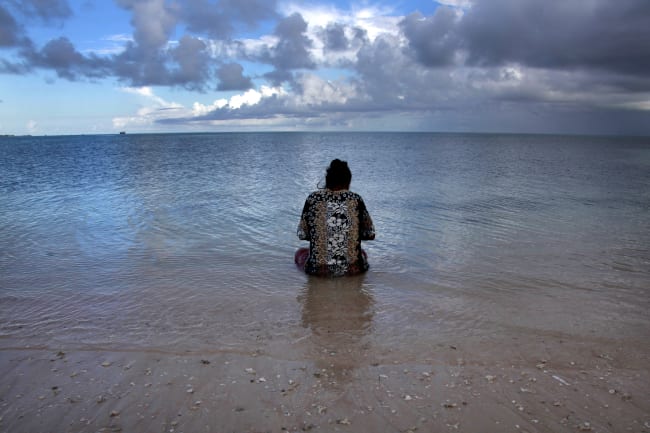For Kenyan journalists, being labeled an accident reporter is not a compliment. According to BBC Africa Health Correspondent Dorcas Wangira, "It's actually an insult."
New hires are often given the unloved job of covering Kenya's fatal road crashes. "I started out in local media in Kenya," Wangira says. "But as I grew, it became clear that it's not just about deaths, it's about solutions and what we can do. Stories are about what changes."
Road deaths are on the rise in Africa. The continent accounts for one-fifth of the world's nearly 1.2 million annual road deaths and holds the highest road fatality rate per population.
News reports have the power to influence public opinion and can have an impact on public demand for solutions. Human stories make complex issues relatable, and, in open societies, journalism can even shape policy choices. A study from February 2025, supported by the World Health Organization (WHO), looked at nearly 1,000 news reports on road crashes from five Anglophone African countries—Ghana, Kenya, Nigeria, South Africa, and Tanzania. It found that most reports failed to inform readers on the nature, impact, and scale of the ongoing crisis. The reports often obscured the fact that deaths are preventable, blamed victims, and provided little or no context.
Of the reports that were analyzed, 65% framed crashes as isolated incidents without providing information such as the number of recent crashes in the area, what efforts are being made to reduce them, or that solutions to this problem exist.
News reports have the power to influence public opinion and can have an impact on public demand for solutions
This manner of reporting hides the scale and the root causes of the issue like poor road infrastructure, laws, and regulations. Only 11% of reports mentioned infrastructure despite nearly one-third of Africa's road deaths occurring among pedestrians. Reports were also typically found to blame victims rather than unsafe footpaths, a lack of safe places to cross busy roads, or limited public transport.
Road safety laws were mentioned in only 14% of all reports; road safety policies were mentioned in just 7%. This is despite extensive evidence illustrating how laws around speeding, drunk driving, the use of seatbelts, child restraints, and motorcycle helmets, as well as vehicle safety regulations and credible law enforcement are key to reducing deaths and serious injuries.
Road crashes also cost most countries around 3% to 5% of their gross domestic product, yet only 4% of news reports looked at the knock-on costs of collisions on victims, health systems, and economies. These costs include the loss of income for victims and their families and the cost of care provided to victims with life-changing injuries.
How authorities design and govern transport systems has a huge impact on how people use them, as well as on the number of deaths and injuries that occur within them. The proven safe systems approach is rooted in reducing kinetic energy that breaks fragile human bodies, hence the slogan "Speed kills. Kill your speed."
However, many countries still design transport systems that cater to fast-moving vehicles, not people. This gap in prioritization comes with a high cost for lives, quality of life, and planetary health.
More than half of reports that were looked at used the word accident, which implies that fatal crashes are unavoidable, not preventable. In other regions, this word was blacklisted when writing about road crashes and deaths. Back in 2001, the British Medical Journal banned the use of the word. In 2018, the Associated Press urged journalists to avoid it in 2018. And in 2022, the United Kingdom's University of Westminster advised all media to replace it with crash or collision.
These issues in reporting are not solely the fault of hard-pressed journalists with tight deadlines. Many are forced to collect data on crashes from police reports that focus on individual road users, not traffic laws or risks that are built into road infrastructure. Regardless, the media must catch up with the science that helps create safe systems. This is why the WHO, with support from Bloomberg Philanthropies, created an initiative to train journalists.
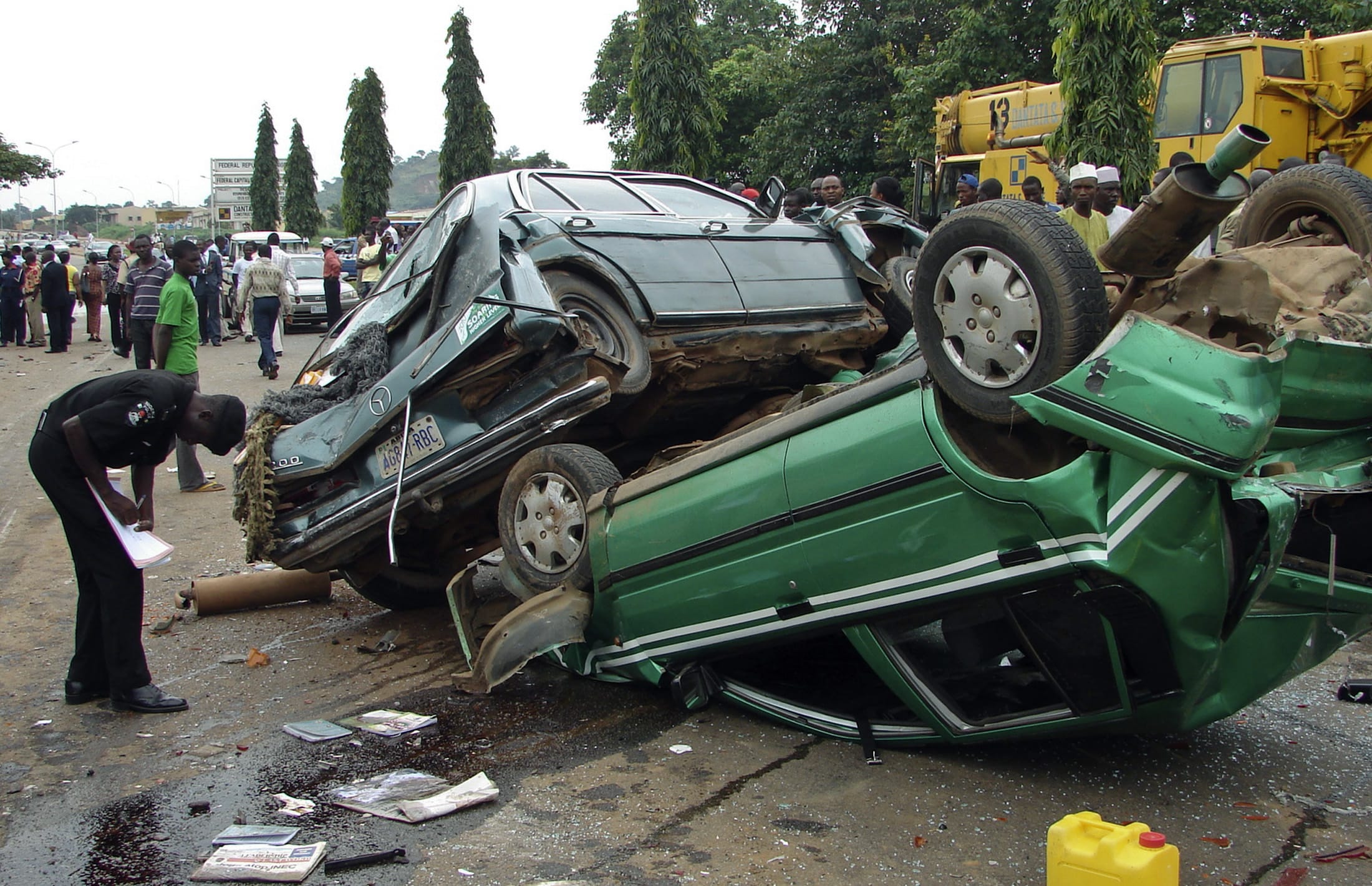
The Role of Effective Journalism
Words and context matter. Small editorial changes to influential news reports can both help the public understand that road deaths are preventable and boost public demand for accountability and action from governments that is rooted in proven lifesaving safe systems approaches.
The WHO-sponsored training is about giving journalists the knowledge, tools, and data to dig deeper into crucial but often neglected causes and solutions. It aims for rigorous, impartial, and evidence-based reporting while remaining rooted in respect for public health, journalism, the art of storytelling, and how they can help society improve. To inspire more action, journalists are urged to tell stories that share what works, what doesn't, and why through solutions journalism. This approach shifts the focus of news stories from problems to analyzing responses to them. To date, the WHO has trained more than 5,000 journalists from countries with high rates of road deaths, hosted competitions with the International Center for Journalists, and created a road safety reporting guide with the Pulitzer Center.
As a result of these efforts, more solutions-based stories, documentaries and in-depth investigations are being published. More journalists have learned to pay attention to language and more add informative context to hard news reports on crashes. WHO-trained journalists from Ghana, India, Nigeria, and Vietnam have won journalism awards for reports on road safety. Yet additional work is needed to boost impact. More systematic work with editors will help ensure that changes are made throughout major media organizations. As ever, this should be done in tandem with policy advice, technical support, and in parallel with action led by governments and throughout society.
Reducing road deaths and changing behaviors are vital, but the work is about more than that. It's about realizing a positive vision for the future of human mobility: from carparks to playgrounds; from highways to parklands; from congested cars to free and breezy cycle rides; and from drab, dirty, and dangerous streets to safe, green, and vibrant community spaces.
Mobility touches on many areas of health and development, from reducing pollution and fighting climate change to economic growth and ensuring opportunities for everyone in society.
As John Yorke writes in Into the Woods: How Stories Work and Why We Tell Them, "All storytelling theories have one thing in common. Order is made out of chaos." Stories are essentially human journeys of growth, discovery, and transformation. That is a lot like the work for safe and sustainable mobility. There are many more stories to tell.
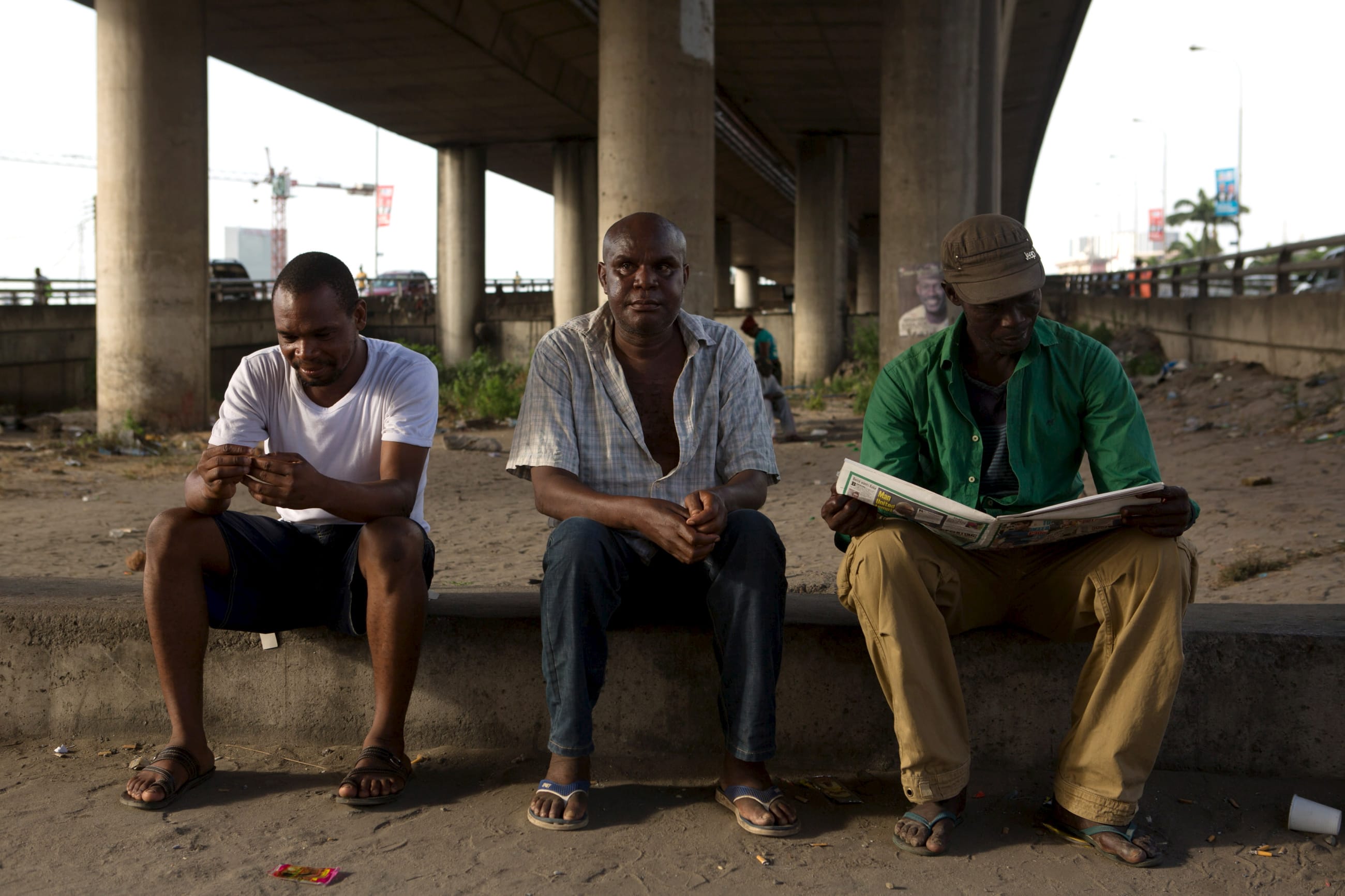
EDITOR'S NOTE: Bloomberg Philanthropies is a supporter of Think Global Health.
